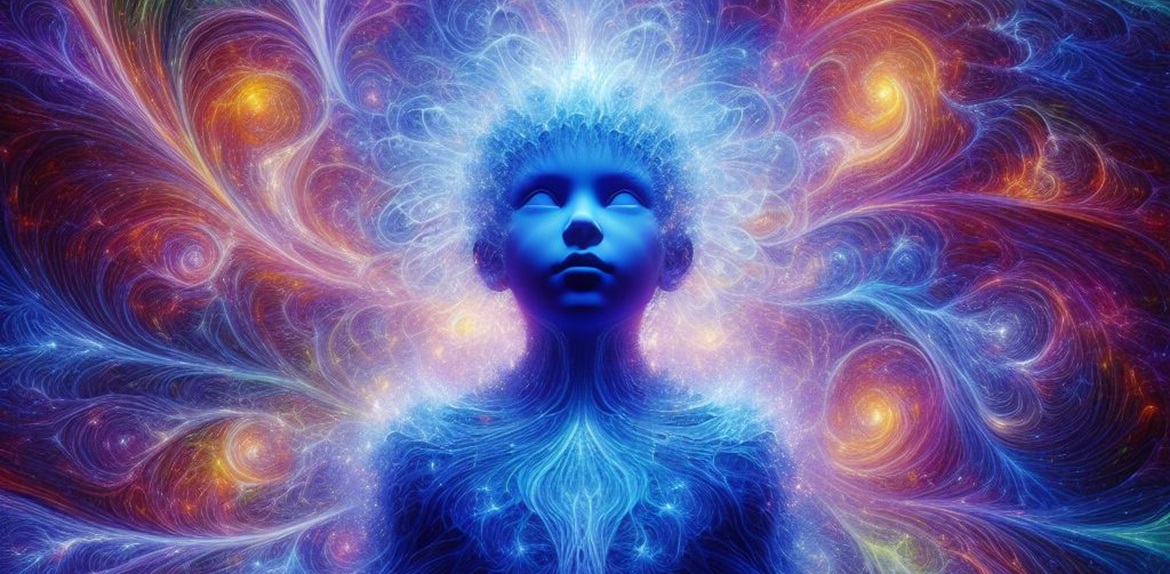Have you ever heard about Indigo Children and wondered who they are or where the idea came from? These unique individuals are believed by some to possess extraordinary traits and talents that set them apart from the rest of society. Let’s explore the origin of this concept and the characteristics that are said to define an Indigo Child.
The Origins of the Indigo Phenomenon
The story of Indigo Children began in the 1970s. A woman named Nancy Ann Tappe, who had a unique skill of perceiving a person’s aura, noticed something unusual. Auras are believed to be colorful energy fields surrounding a person, and Nancy claimed to see them. She observed that, starting in the 1970s, many children were being born with indigo-colored auras. This was a new and intriguing change from the other colors she had seen in human auras over the years.
Tappe later published a book in the 1980s where she discussed these Indigo Children in more detail. She believed that their unique aura color was a sign of their special mission and consciousness. It wasn’t long before other authors and researchers began to take notice, and the idea of Indigo Children entered the public consciousness.
The concept really gained momentum in the late 1990s and early 2000s, as more books and materials were published about Indigo Children. Parents began to identify their children’s unusual behaviors with the traits described in these books, and the movement grew.
What Makes an Indigo Child?
While there’s no scientific proof that Indigo Children are different from anyone else, those who believe in the concept argue that these kids share a distinctive set of characteristics. Here’s a breakdown of some common traits often associated with Indigo Children:
- Highly intuitive: Indigo Children are said to have a natural understanding of the world and people around them. They seem to have a deep insight into situations and relationships, often feeling things before they happen.
- Independent and strong-willed: They don’t just go along with what others say or do. Instead, they have a strong sense of self and are determined to make their own path.
- Creative: Whether it’s art, music, or writing, Indigo Children are typically connected with a rich inner world of creativity. They may be drawn to expressing themselves in ways that aren’t always conventional.
- Emotionally sensitive: Indigos might have big reactions to emotional situations. They can be greatly affected by the feelings of others and may have a hard time dealing with harsh environments.
- A sense of being different: From a young age, Indigos might feel like they just don’t fit in. They often sense that they stand out from their peers and sometimes find it challenging to connect with others who don’t share their perspective.
- Issues with authority: Indigo Children might challenge the status quo and question rules or authority that don’t make sense to them. They are not ones to follow orders blindly and want reasons for why things are done a certain way.
- A drive for change: Many Indigos are thought to have a strong desire to make the world a better place. They are often passionate about environmental, social, and personal causes.
- Technologically adept: Growing up in an age of rapid technological advancement, Indigo Children seem to have a knack for understanding and using technology with ease.
The Challenges and Misunderstandings
Indigo Children, according to believers, face a world that is not always ready for their unique qualities. The traditional school system, social norms, and even family dynamics can be particularly challenging for these children. Their strong will and sensitivity can sometimes be misinterpreted as misbehavior or emotional instability. As a result, they might be misunderstood by teachers, parents, and peers.
This misunderstanding can lead to struggles with self-esteem and identity as Indigo Children try to conform to expectations that don’t align with their innate characteristics. Some might even be labeled with attention or behavior disorders when in traditional systems that don’t support their distinct ways of thinking and feeling.
The Controversy and the Skeptics
It’s important to note that the concept of Indigo Children is not without its critics. The scientific community, for the most part, does not recognize Indigo Children as a distinct category of people. Critics argue that the traits associated with Indigo Children are vague and can be applied to many children, making the phenomenon seem more common than it might be.
Skeptics also point out that the perception of an indigo aura and other characteristics is subjective and not based on observable evidence. Furthermore, attributing a child’s struggles purely to their supposed indigo nature may prevent them from receiving the help they need for actual learning or behavioral challenges.
A Cultural Phenomenon That Reflects Our Times
Regardless of the debates surrounding their existence, the concept of Indigo Children speaks to a desire for understanding and categorizing the vast range of human experiences. These kids represent, for many, a hope for a new generation that will challenge outdated systems and bring about positive change.
Indigo Children may also reflect a cultural shift towards valuing empathy, creativity, and independence over traditional metrics of success. As we move further into a world where information is at our fingertips and societal structures are ever-evolving, perhaps what we’re really seeing in the rise of Indigos is a larger transformation in the way we view potential and individuality.
Indigo Children are a fascinating concept that continues to inspire discussion and perhaps a greater awareness of how we recognize and nurture the unique qualities in every child.

Sorry, the comment form is closed at this time.